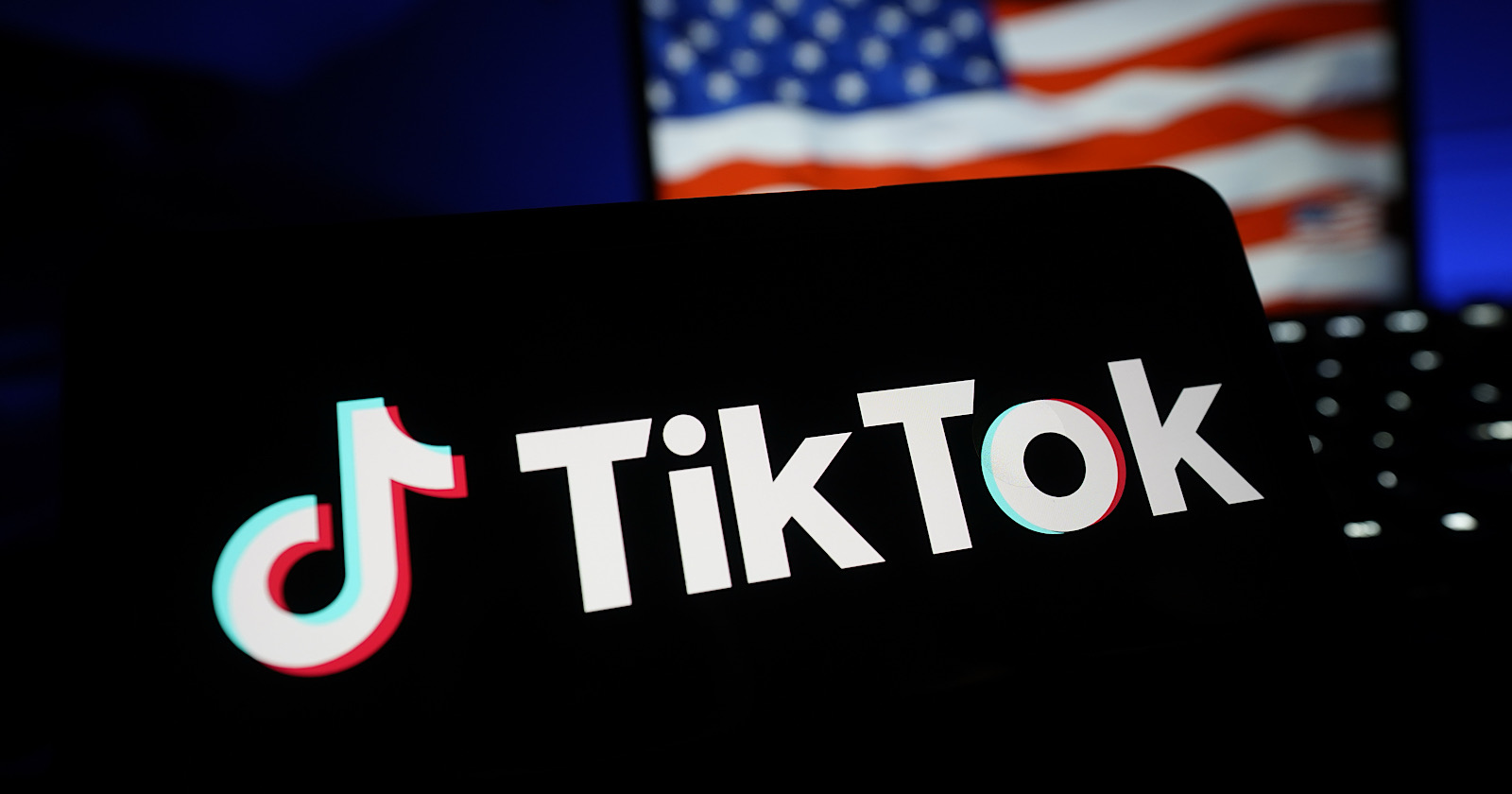- Digital Marketing Mix
- Posts
- 📉 Losing Traffic? Your Site Might Be Invisible to AI (Fix It Before It’s Too Late)
📉 Losing Traffic? Your Site Might Be Invisible to AI (Fix It Before It’s Too Late)
Google’s not seeing you. AI isn’t citing you. Let’s fix your crawlability before your site disappears for good.

Disclosure: This content may contain few affiliate links, which means if you click on them, I will get a commission (without any extra cost to you).
If your site isn’t technically sound, your content may never be discovered—no matter how good it is.
In 2025, technical SEO isn't just foundational—it's mission-critical. AI search is reshaping how pages get discovered, parsed, and presented. Google and other answer engines are now selective about what they crawl, cite, and display.
This newsletter will take you deep into what matters most in technical SEO today—from optimizing crawl budget to enhancing AI extractability. Whether you're running a blog, SaaS site, or ecommerce platform, these principles apply.
Let’s get into it.
Crawlability Is SEO Infrastructure
Search engines can’t rank what they can’t find. Crawlability is the first gatekeeper of visibility.
1. Understand How Google Crawls
Google follows a crawl → index → serve pipeline. You must:
Ensure key pages are linked and crawlable
Prevent crawl waste on unimportant or repetitive URLs
Feed Google prioritized content via XML sitemaps
Pro tip: Think of your XML sitemap as your editorial calendar—your way of saying, “Here’s what’s fresh, important, and worth indexing.”
2. Crawl Budget Isn’t Infinite
If your site is large, Google won’t crawl every page every day. Sites with bloated archives, infinite scrolls, faceted navigation, or broken pagination waste Googlebot’s time.
Fix it by:
Blocking faceted URLs with robots.txt
Auditing crawl logs to spot waste
Pruning low-value or duplicate pages
Using canonical tags and noindex precisely
Use the Crawl Stats report in Search Console. If 80% of your crawl hits go to pages you don’t care about, you’ve got a problem.
Site Architecture That Supports Discovery
3. Flat Sites Are a Myth—Go for Organized Depth
Google prefers accessible, not flat, architecture.
Use clean folder structures for clarity
Nest by topic, not just by date
Group support docs under /support/, blogs under /blog/, etc.
Avoid dumping everything into the root
Why this matters: Structured URLs enable better segmentation, analytics, and easier internal linking.
Example:
Bad: site.com/post-2738291
Better: site.com/blog/technical-seo/schema-basics
4. Make Key Pages Easy to Find
Your best pages shouldn’t get buried five clicks deep.
Use:
HTML sitemaps
Breadcrumbs
Strategic cross-linking
Hub-and-spoke models
JavaScript and Rendering
5. Don’t Hide Links in JavaScript
Search engines can render JavaScript—but that doesn’t mean they will render yours, especially not quickly.
Avoid relying on JS for critical links
Don’t bury FAQs or documentation behind search modals
Use crawlable <a> tags, not JS events
Check what Google sees using the URL Inspection tool
6. Render for LLMs Too
AI search engines (like ChatGPT, Perplexity, and Gemini) don’t “click” or “type.” If your support content is hidden in an interactive experience, AI won’t cite it.
Pro tip: Keep an HTML-based version of any essential JS-rendered experience. Let LLMs crawl your docs, not Reddit.
Structured Data and Indexing
7. Use Structured Data—Correctly
Structured data helps Google and AI extract key facts. Use it for:
Articles (Article schema)
Products (Product schema)
Events (Event schema)
Videos (VideoObject schema)
Also add:
html
CopyEdit
<meta name="robots" content="max-image-preview:large" />
This lets Google show large images in Discover and can increase CTR.
8. Canonical Tags That Help
Use canonical tags to:
Consolidate duplicate content
Prevent pagination confusion
Ensure correct URLs get indexed
Bad canonicals will confuse Google or get ignored.
Run a full crawl using Screaming Frog or Sitebulb. Spot pages that reference themselves, or multiple URLs pointing to the same destination.
Performance and Mobile Optimization
9. Page Speed = Crawl Speed
Fast-loading pages don’t just help UX—they reduce crawl overhead.
Use:
PageSpeed Insights
Core Web Vitals
Lazy loading for media (but not critical content)
10. Mobile Is Default
Google now crawls and indexes using its mobile-first crawler.
Check:
Font sizes and tap targets
Content isn’t hidden or collapsed
No interstitials blocking access
Use responsive design (don’t redirect to m.site.com)
Index Management
11. Don’t Let Low-Quality Pages Clog the Index
Use noindex for:
Paginated pages beyond page 1 (when not valuable)
Internal search results
Staging sites or development mirrors
Low-value tag pages or archives
12. Remove What’s Outdated
Run quarterly audits to:
Identify stale content
Redirect old pages where possible
Update or consolidate outdated information
Pagination, Parameters, and Crawl Traps
13. Fix Infinite Scroll
Infinite scroll kills SEO and AI citation. Instead:
Implement paginated alternatives
Use /page/2/, not ?page=2
Avoid JS-only navigation
14. Eliminate Crawl Traps
Check for:
Calendar URLs that generate thousands of useless pages
Tag pages with no content
Session IDs or UTM-tagged duplicates
Block or clean these up using:
robots.txt
Canonical tags
Noindex rules
AI-Driven SEO: Visibility Beyond Google
15. Optimize for Extractability
LLMs don’t crawl like Google. They ingest chunks.
To be cited:
Use clear headings
Structure paragraphs for single ideas
Include lists, bullet points, definitions
Avoid popups, modal overlays, and complex DOMs
16. Use Semantic Signals
Phrases like these help LLMs find structure and relevance:
“In summary”
“Step 1”
“Common mistake”
“Key takeaway”
Maintenance and Monitoring
17. Use Search Console the Right Way
Check:
Crawl Stats → Wasted budget
Index Coverage → Errors and soft 404s
Discover tab → Mobile CTR and impressions
Core Web Vitals → Prioritize largest contentful paint (LCP)
18. Migrate Cleanly
If you're rebranding or moving to HTTPS:
Use 301s, not 302s
Submit updated sitemaps
🚀 Want to Fix This Without Lifting a Finger?
If all of this feels like a lot — that’s because it is. But it’s also fixable.
I help brands eliminate crawl issues, improve site structure, fix indexing problems, and future-proof their sites for AI-first search.
From advanced audits to full SEO implementation, I’ve got you covered.

What’s Happening This Week in Search
YouTube Monetization Update Targets Spam, Not Reaction Creators
This July 15, YouTube will update monetization enforcement—not the policy itself. The goal: crack down on auto-generated and repetitive content.
✅ Reaction and commentary creators with original input are safe
⚠️ Copy-paste or template-driven uploads may lose eligibility
📣 Renee Richie clarified creators “adding real value” won’t be penalized
Takeaway: Focus on original, thoughtful content—even if it’s based on trending formats.
Google Confirms Disavow Files Are Not Instantly Processed
SEOs recently learned that disavow files don’t take immediate effect.
🟡 Google waits until the next crawl of the linking site
📄 The order of URLs in the file doesn’t matter
⏱️ No way to “force” reprocessing
Takeaway: Don’t expect fast results from disavows. Focus on prevention and manual removal where possible.
🚀 Featured Tool of the Week:
Your boss will think you’re a genius
You’re optimizing for growth. Go-to-Millions is Ari Murray’s ecommerce newsletter packed with proven tactics, creative that converts, and real operator insights—from product strategy to paid media. No mushy strategy. Just what’s working. Subscribe free for weekly ideas that drive revenue.
Looking for more in-depth strategies and exclusive content?
Check out my Gumroad page for courses, guides, and tools that can help take your digital marketing to the next level. Whether you're looking to master SEO, influencer marketing, or content strategies, I've got resources to get you there. Plus, you'll find some free content to help you get started right away!
Visit my Gumroad page and explore everything I have to offer!
📰 In the News This Week
1. Found the insights helpful? Forward this email to help fellow business owners or marketers.
2. Spread the word. Encourage your friends or followers to sign up.
3. Have us test and review your marketing or business tool on ShaneBarker.com. We can write a product review, comparison, or industry listicle for you.
If you have any specific questions or topics you'd like us to cover in future newsletters, please feel free to reach out. We'd love to hear from you!
To your content marketing success,
Shane Barker



